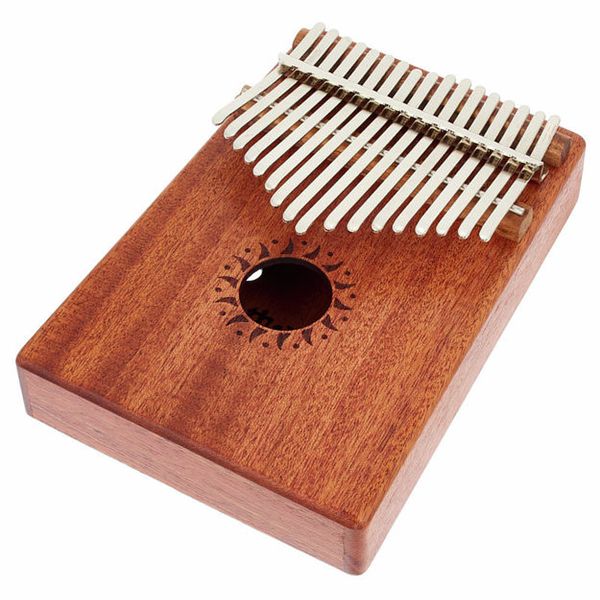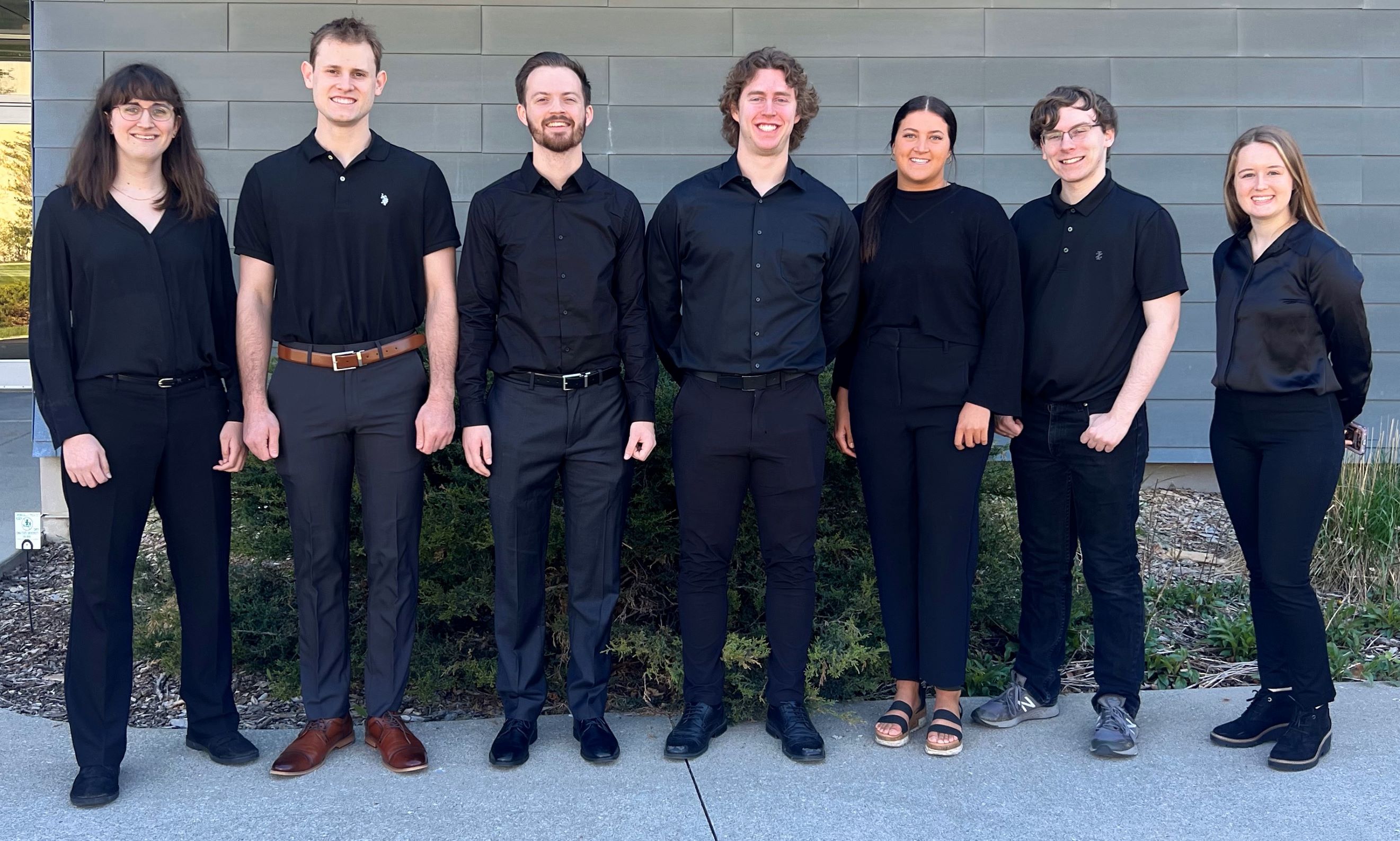Senior Design Team Website • 2022-2023
Project Overview
Background
A kalimba is a musical instrument, usually a wood base with metal tines, that is played by plucking the tines, making a sweet bell-like sound. Due to the thumb dexterity required to play tines that are (1), narrow (~ 2.5 mm wide) and (2), so close together (~1 mm separation), it is almost impossible to play without looking directly where your thumbs are. This makes playing the kalimba while reading sheet music exceedingly difficult, as one can’t simultaneously focus their eyes in two places multiple inches apart at once; thus, memorization is the typical route to learning songs. Memorizing songs is more effort than many casual users would like to put in, so an idea for a senior design project was pitched whereby some light indicators on the tines themselves would illuminate the notes in the correct order of a song so that a user could successfully play songs without having to look away from the instrument or memorize music.

Proposed Solution
The physical device should be able to attach to any typical kalimba and connect to any common device running Android or IOS. The physical device should be capable of providing tine light indication to the user via the software about what note(s) to play and collect frequency information from the kalimba about what note(s) have been played and send that information to the software while providing visual feedback if an incorrect note is played by the user. The software should contain some kind of song library that users are able to interact with.
Final Prototype
The video below shows the intial implementation of Twinkle Tines. In this demo, a C major scale is played from c4 (the lowest note and tine) to c5 (one octave higher than c4). The LED arrays light up the tines to play the scale and do not move to lighting up the next tine until the indicated tine has been played, so the system waits to move on only when the correct tine is played. As seen on the application screen, other songs can be selected to be played in the same manner from the song library
Future Work
To be updated soon
Team 30
Pictured from left to right: Eileen Hillier (EE), Isaac Vrba (Cpr E), Andrew Adams (SE),
Stuart Pearson (EE), Mesa Hassel (SE), Daniel Duerr (SE), Kaitlyn Nolting (SE)

Weekly Reports
Report 1Report 2
Report 3
Report 4
Report 5
Report 6
Report 7
Report 8
Report 9
Design Documents
Design Document 1 - User NeedsDesign Document 2 - Requirements
Design Document 3 - Project Plan
Design Document 4 - Design Context and Exploration
Design Document 5 - Proposed Design
Design Document 6 - Testing
491 Final Design Document
492 Final Design Document
Presentations
492 Final Presentation Slides492 Final Presentation Poster